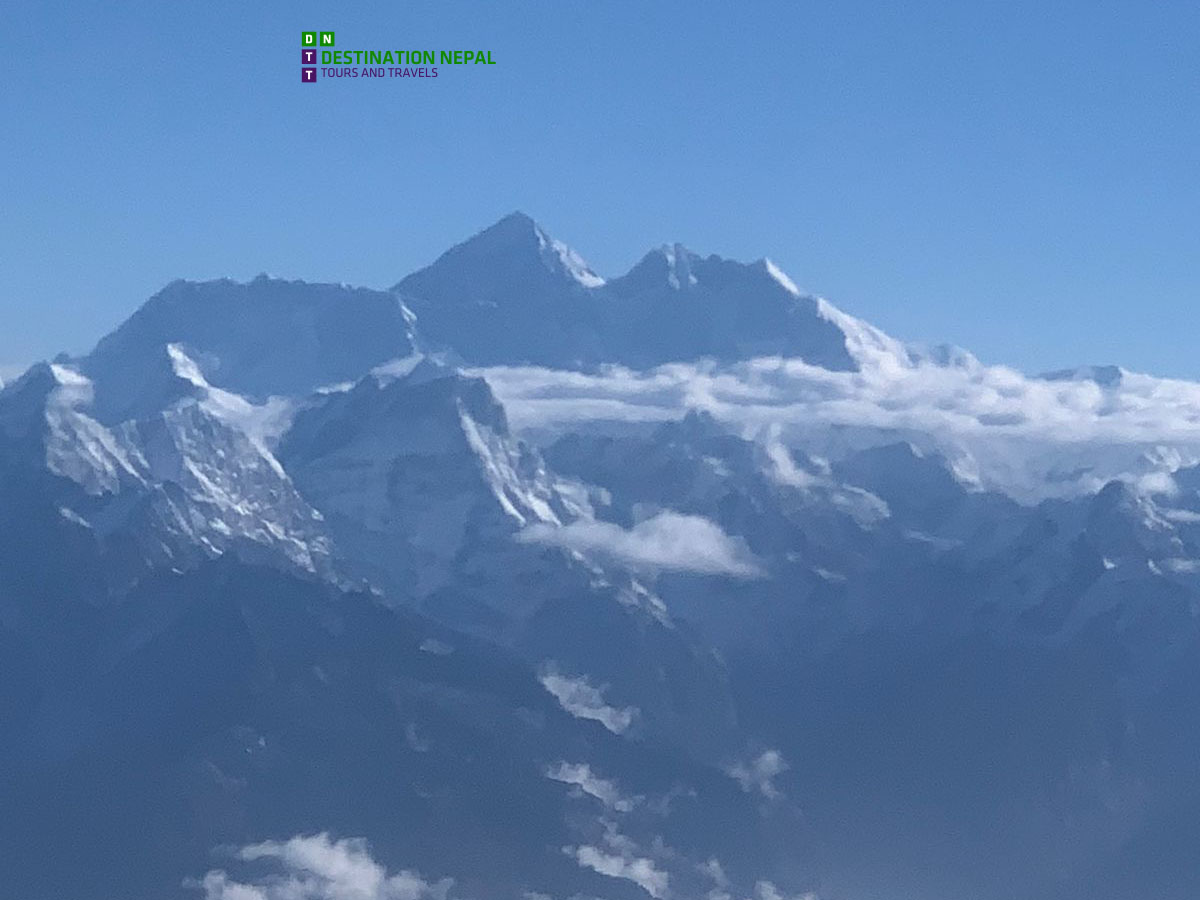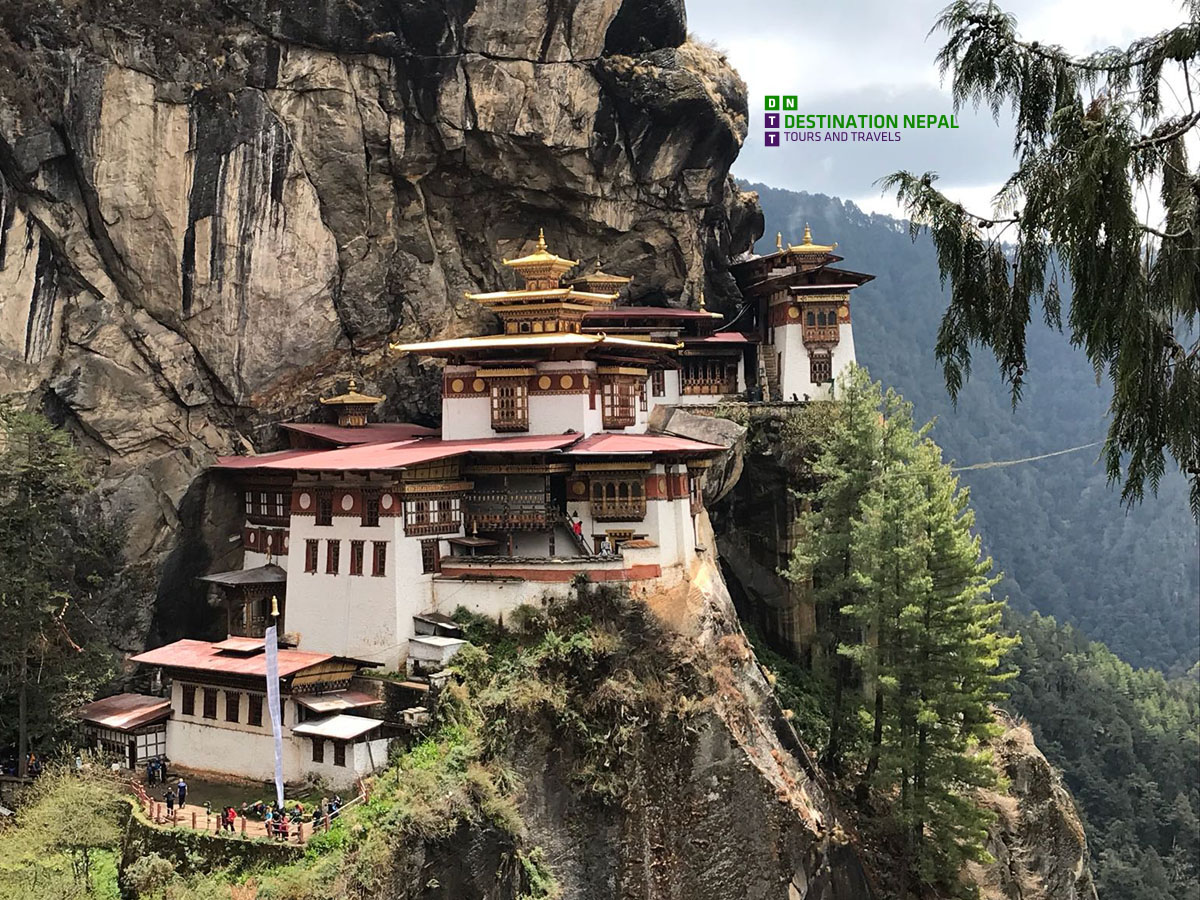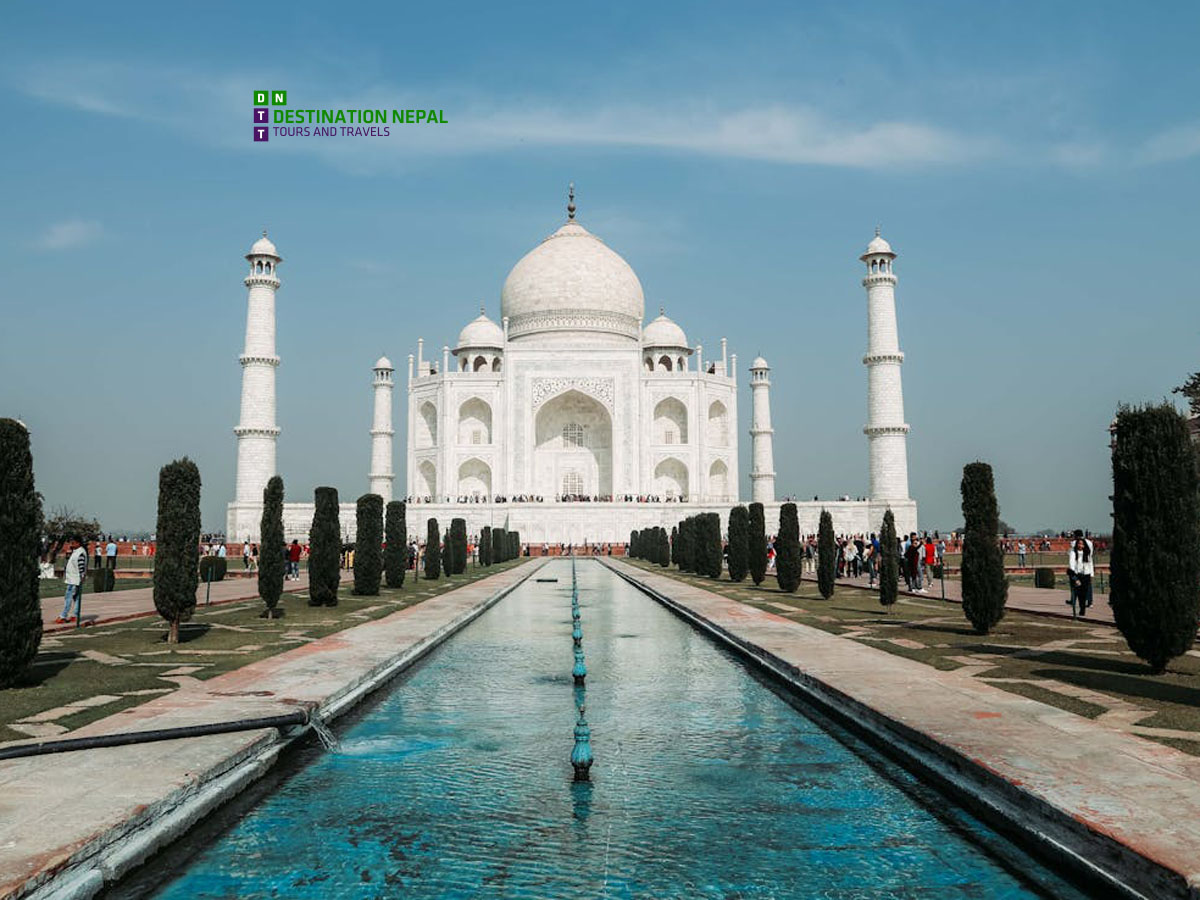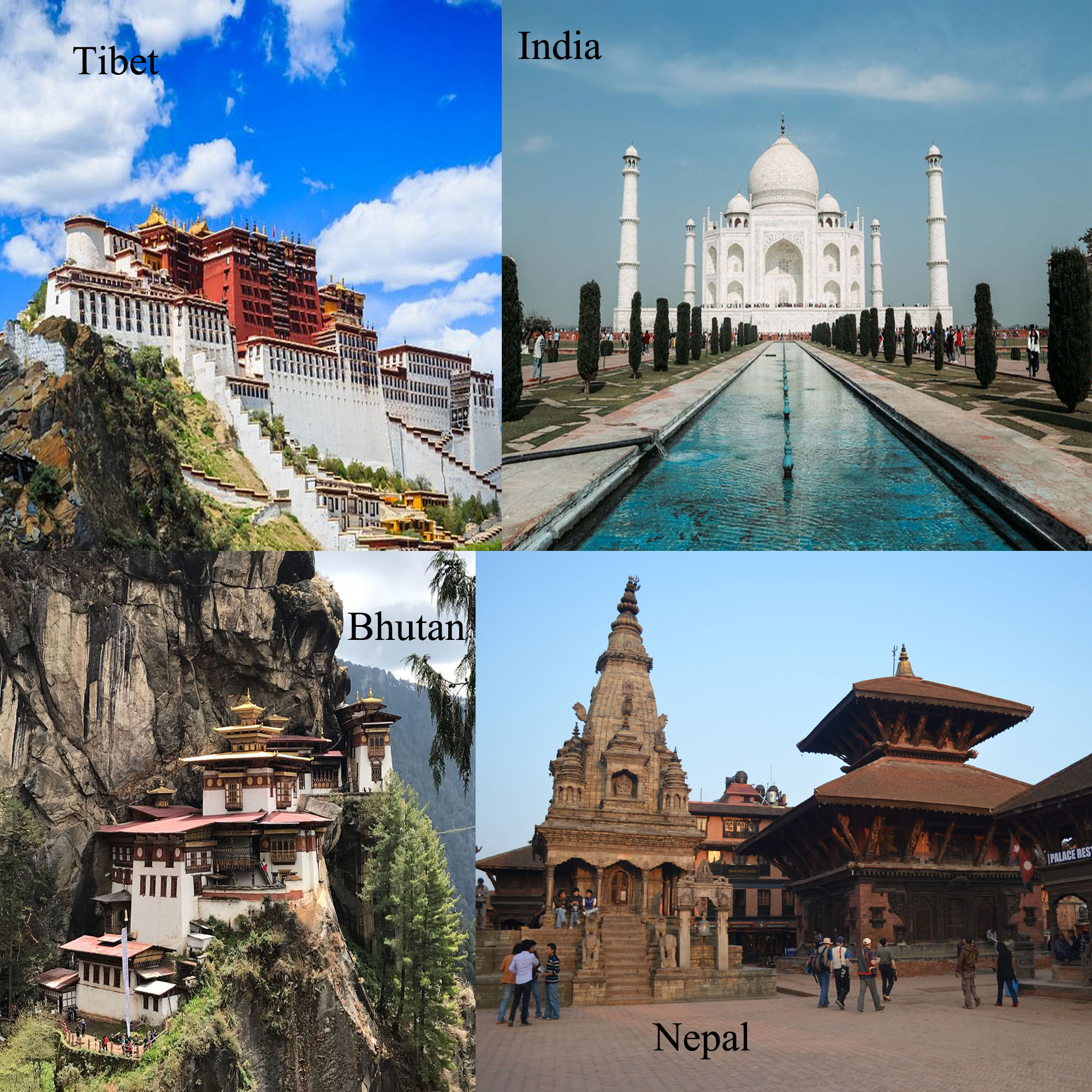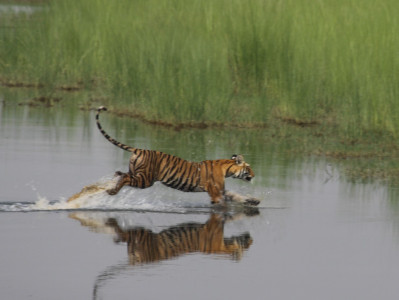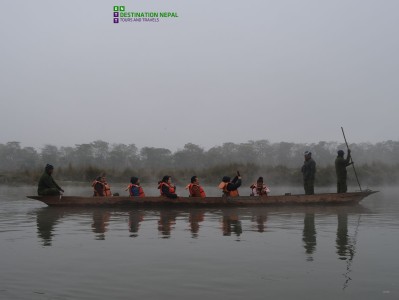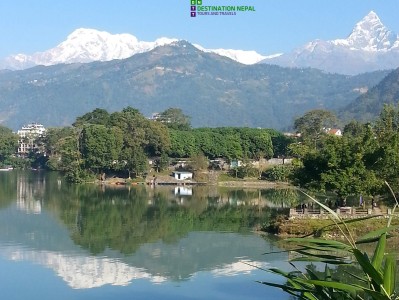Blogs
Nepal Architecture Study Tour: Discover Ancient Temples & Traditional Craftsmanship

Nepal is one of the best destinations in South Asia for architecture students to experience a unique blend of cultural heritage, traditional craftsmanship, and historic architecture. From ancient Hindu temples and Buddhist stupas to centuries-old palaces and courtyards, Nepal offers an incredible learning environment for those interested in heritage conservation, architectural history, and vernacular design. A well-planned architecture study tour to Nepal allows students to explore UNESCO World Heritage Sites, observe traditional Newari architecture, and understand sustainable building techniques that have withstood time and earthquakes. This immersive educational journey not only enhances academic knowledge but also exposes students to the living traditions and real-world challenges of architectural preservation.
Why Choose Nepal for an Architecture Study Tour?
Nepal is home to UNESCO World Heritage Sites, beautiful temples, palaces, stupas, and traditional villages. The unique Newari architecture seen in cities like Kathmandu, Bhaktapur, and Patan showcases wood carvings, brickwork, and pagoda-style buildings that are both artistic and functional. Students can also interact with local architects, artisans, and restoration experts to gain hands-on knowledge.
Key Architectural Sites to Visit
- Patan Durbar Square – A treasure of Newar architecture with ancient palaces, temples, and museums.
- Bhaktapur Durbar Square – Known for Nyatapola Temple, 55-Window Palace, and traditional lifestyle.
- Panauti & Bungamati Villages – Live examples of preserved architecture and local heritage conservation.
- Manakamana Temple – A hilltop pagoda-style temple that combines faith and structural beauty.
- Pokhara – Includes Tal Barahi Temple (on a lake), Bindabasini Temple, Gupteshwor Cave, and the stunning World Peace Stupa.
- Pumdikot Shiva Temple – A new hilltop site that blends modern design with traditional Hindu styles.
- Chandragiri Hills – Offers a scenic view and Bhaleshwor Mahadev Temple in classic pagoda design.
- Lumbini Maya Devi Temple – A sacred site marking the birthplace of Lord Buddha, combining ancient brick foundations with modern protective architecture.
- World Peace Pagoda (Lumbini) – A striking white stupa built by Japanese Buddhists, symbolizing peace and reflecting classic Buddhist architectural style.
- Ashoka Pillar – An important historical monument built by Emperor Ashoka in 249 BC, showcasing ancient Mauryan architecture and inscriptions.
- Lumbini Monastic Zone – Home to diverse international monasteries, each reflecting unique architectural styles from countries like Thailand, Myanmar, China, and Germany.
- Tharu Village (Chitwan) – Traditional mud and thatch houses representing indigenous Tharu architecture and sustainable rural living.
- Tharu Cultural Museum – A small but insightful structure that displays the lifestyle, tools, and architecture of the local Tharu community.
Interactive Learning Experience
This architecture study tour in Nepal is much more than just sightseeing—it is a hands-on educational experience designed to deepen students’ understanding of both traditional and modern architecture. During the tour, students can participate in workshops, interact with local architects, and gain insight into real-world projects involving heritage conservation and urban restoration. One of the key learning areas includes studying earthquake-resistant structures and understanding how Nepali architecture has evolved to withstand seismic activity. Students will also explore how traditional architectural techniques, such as Newari woodwork and pagoda-style temples, are being adapted to meet modern design and construction needs. This tour offers a unique opportunity to see how Nepal preserves its architectural heritage while embracing innovation and sustainable development, making it a valuable and inspiring experience for architecture students.
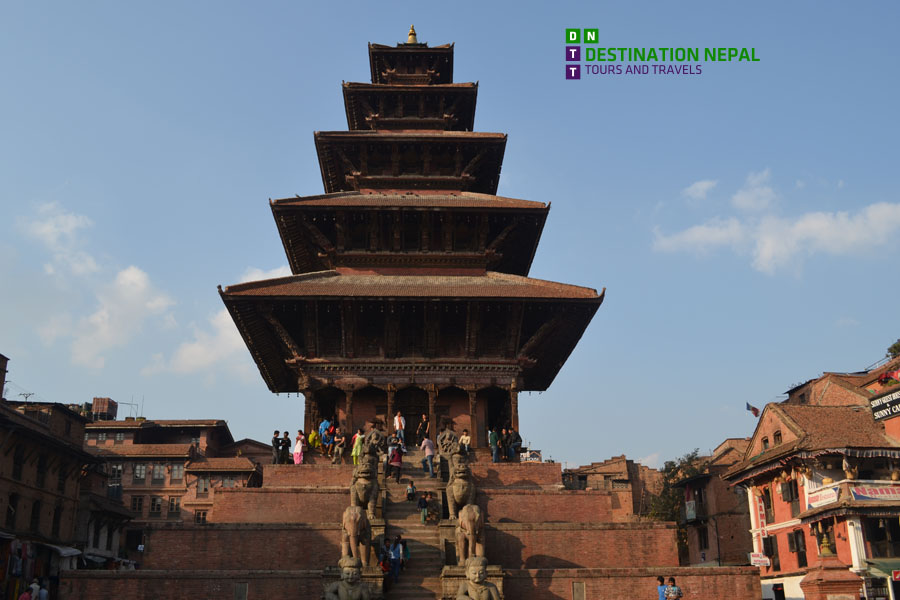
Perfect for Students and Academic Groups
Whether it's a 5-night or 6-night itinerary, Nepal offers a perfect mix of learning, culture, and inspiration for architecture students. The peaceful environment, friendly people, and deep-rooted traditions make this journey both educational and memorable.
Best Time for an Architecture Study Tour to Nepal
The best time for an architecture study tour to Nepal is spring (March to May) and autumn (September to November).
Spring (March–May): Pleasant weather, blooming flowers, and clear skies make it ideal for exploring temples, palaces, and heritage sites.
Autumn (September–November): This is the most popular season with mild temperatures, minimal rainfall, and excellent visibility—perfect for photography, site visits, and outdoor workshops.
These seasons offer the best conditions for learning and traveling, with comfortable temperatures and vibrant cultural festivals that enrich the experience.
Winter (December–February) is also possible with proper planning, especially in Kathmandu Valley, but mornings and evenings can be cold.
Monsoon (June–August) is less ideal due to rain and humidity, which can affect outdoor visits and travel schedules.
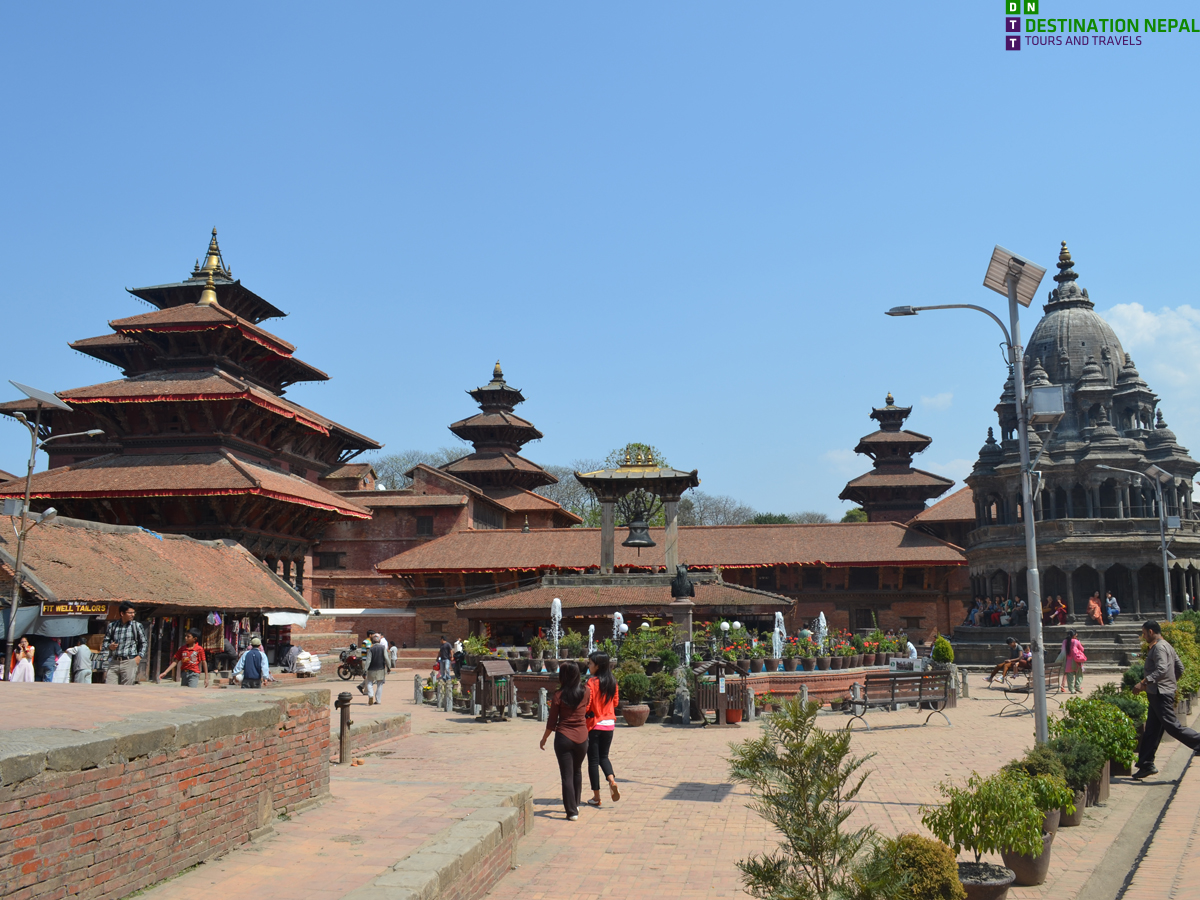
Sample Itinerary:
Day 1: Arrival in Kathmandu[altitude 1400m/4595ft]
On arrival at the Tribhuvan International Airport, you will be greeted by a representative from Destination Nepal Tours & Travels Pvt. Ltd. You will then be transferred to your hotel in Kathmandu. Depending on your arrival time, you can explore the city on your own or relax at your hotel. Evening: Welcome Nepali dinner with cultural show.
Day 2: Kathmandu Valley Architectural Exploration
After breakfast full day Explore Patan Durbar Square's exquisite Newar architecture, visit the traditional Newari villages of Bungamati and Khokana, and engage with local architects and restoration experts for an insightful cultural experience.
Day 3: Bhaktapur & Panauti – Heritage Sites and Architectural Workshop
After breakfast Enjoy a full-day exploration of Bhaktapur Durbar Square, a UNESCO World Heritage Site, featuring highlights like Nyatapola Temple, the 55-Window Palace, and Pottery Square, followed by a visit to the ancient town of Panauti and an interactive workshop or lecture session with local artisans or conservation architects.
Day 4: Kathmandu-Pokhara[altitude 830m/2723ft]
After breakfast, drive around [210 km-6-7 hrs] to Pokhara, passing through valleys, rivers, terrace fields and some spectacular views of the Himalayan ranges.
Today evening free time to explore around Lake side [around Phewa Lake]
En route, Visit Manakamana temple by cable car (2-3 hrs)
Manakamana Temple is a classic example of traditional Nepali pagoda-style architecture, with beautifully carved wooden struts and tiered roofs. It offers architecture students a chance to study religious design that blends art, culture, and spirituality. The temple’s hilltop setting also highlights harmony between structure and landscape.
Day 5: Pokhara
Early morning drive to Sarangkot [1700m/5577ft] for sunrise and close-up view of Annapurna & Fishtail Mountain range
After breakfast, Half day city tour of Tal Barahi temple by Boating(Boat hiring by self), Bindabasini temple, Davis fall, Gupteswori Mahadev cave, & Seti gorge
Tal Barahi Temple: A beautiful two-tiered pagoda-style temple located on an island in Phewa Lake, showcasing traditional Nepali temple architecture accessible by boat.
Bindabasini Temple: One of Pokhara's oldest temples, featuring a classic white dome and Hindu architectural elements with religious and cultural significance.
Davis Fall: A natural site where water flows into an underground tunnel, offering a look at how natural forces shape the landscape around architectural developments.
Gupteshwor Mahadev Cave: A sacred cave temple with a naturally formed Shiva lingam, blending spiritual significance with unique underground stone formations.
Seti Gorge: A natural marvel where the Seti River runs deep through a narrow limestone gorge, demonstrating the interaction of architecture with dramatic natural topography.
Afternoon, Visit Pumdikot Shiva Temple & World Peace Stupa (need to walk about 15 min from parking)
Pumdikot Shiva Temple: A newly built hilltop temple featuring a massive Shiva statue with a serene landscape setting, combining modern construction techniques with traditional Hindu temple design principles.
World Peace Stupa: A stunning example of Buddhist architecture, this white dome-shaped stupa symbolizes peace and harmony, reflecting Japanese Buddhist influence and offering panoramic views of Pokhara Valley and the Himalayas.
Free time for self visit around Lake Side [Around Phewa Lake]
Day 6: Pokhara-Kathmandu
After breakfast, Drive to Kathmandu [210 km-6-7 hrs] [Optional flight: 30 min]
Once reached in Kathmandu, we will visit Chandragiri Hills by Cable car.
Chandragiri Hills: Known for its panoramic views and cultural significance, Chandragiri Hills features a beautifully designed Bhaleshwor Mahadev Temple built in traditional Nepali pagoda style. The use of intricate woodwork and tiered roofing reflects classical hill temple architecture, while the site as a whole blends modern infrastructure like the cable car with heritage-inspired design elements.
Day 7: Depart from Kathmandu
Today is your last day in the highest country on earth.
Free time until departure
Transfer to the international airport for final departure (Or stay longer for short tours - ask us)
We hope you had a magical experience in the Himalayas and we hope to see you again soon.
